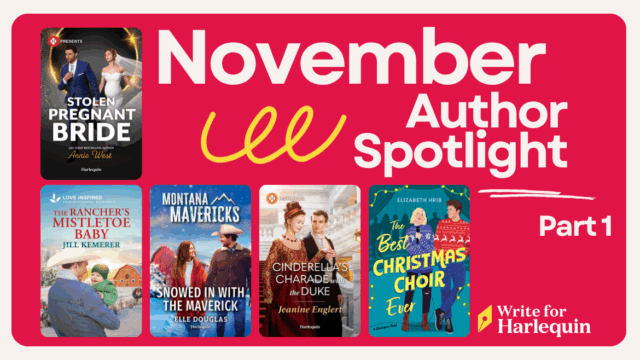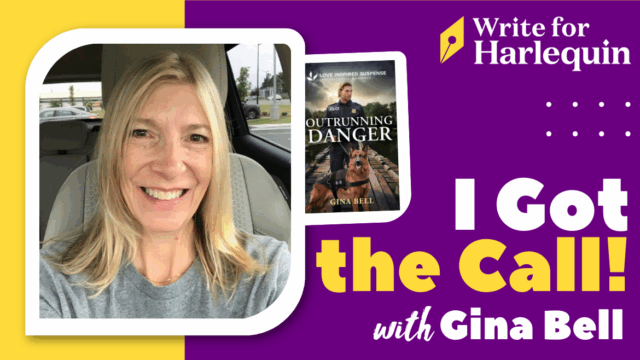
By Editor Emma Cole
Happy new year! It’s time for new beginnings. If you’re working on a new manuscript (or if you want to take another look at an older draft you’re still working on) why not try a different way of editing? We’re talking about color coding, and how it can help you refine your writing and structure your scenes.
First off, what is color coding? It’s a tool to help you see the different parts of your manuscript. This exercise can help you diagnose problems with pacing, tone, and clarity. Seeing each aspect of your writing as separate pieces allows you to rearrange them in a better way if you’re feeling stuck.
Color coding can be a very time-consuming process, especially if you’ve got a longer manuscript, so it might be best to start with your opening chapter to see how this style of editing works for you. Also, we recognize that using this process may be quite difficult for writers with visual impairments, particularly color blindness. Please stay tuned for an upcoming blog post about less visual ways of assessing your text.
How to Color Code
Go through your text and highlight your manuscript in different colors, each corresponding to a certain type of writing. You can do this in your word processing program, or you can print out the text and use highlighters or different styles of underlining (for example, wavy lines, double lines, dashes, etc.). There are many categories you can use, but we are going to focus on five different aspects.
- Dialogue (shown in red)
- Internal Thoughts (shown in yellow)
- Description (shown in green)
- Action (shown in blue)
- Emotion (shown in purple)
Read through each sentence of your scene, chapter, or manuscript and highlight every piece of dialogue, every description, every internal thought, and so on. You should end up with a very colorful text!
The goal is to make sure that your manuscript feels balanced. This doesn’t mean that you need to have exactly the same amount of each kind of writing. It just means that if all you can see is red dialogue for half a page, you might need to add in some green description or yellow internal thoughts to help your readers stay focused. If there is a big chunk of blue action, your readers might need some purple emotion or red dialogue to understand how your characters are feeling about the plot that is driving them forward.
Here’s an example of text that is unbalanced:
“I can’t believe you said that!”
“Well, you weren’t going to jump in, so I had to say something.”
“Yes, but now they’re onto us. This is not going to go well…”
Sarah jumped up from the table and walked quickly down the hallway, frustrated. She didn’t wait for James to catch up. She left him behind. The security guard followed quickly after her, and James rushed to keep pace.
Things weren’t going to end well.
As you can see, we have a big chunk of red dialogue, a section of blue action, and a tiny bit of purple emotion and yellow internal thought. The plot moves along, but without dialogue tags and description, the pacing feels a little off. Let’s try for a more colorful scene:
Sarah jumped up from the cafeteria table. “I can’t believe you said that!” She was trying to hide her frustration, but James could see her fists curled up in anger beneath the too-long sleeves of her sweater.
James was worried, and tried to keep his voice down. “Well, you weren’t going to jump in, so I had to say something,” he retorted. He banged his knee on the metal bar attached to his seat as he grabbed his leather bag and followed her.
“Yes, but now they’re onto us. This is not going to go well…” Sarah was leaving him behind. She was tired of trying to cover for him.
But Sarah, in her hurry to get away, missed the burly security guard getting up from behind his large desk. While James rushed to try and keep pace with his partner, the two of them were unaware that they were being tracked. Sarah was right. This wouldn’t end well.
This is a more dynamic and balanced sequence, don’t you think? Each paragraph contains at least three colors or three styles of text, making everything flow a bit better.
The Benefits of Color Coding
Highlighting can help you get a better sense of how your audience will read the story. An opening chapter full of descriptive language can set the stage for your story. But too much descriptive language without dialogue or action can bog down the story and be detrimental to your narrative. You might find color coding particularly helpful if you’ve submitted your story and received a rejection or two without a lot of concrete feedback.
Once you’ve gotten the hang of color coding, you can use it to tweak your story in different ways. For example, if you’re worried you have too many “filler words” (think “just,” “too,” “only,” etc.), try Find/Replace for them in your word processing program, and change the color from automatic to, say, orange. This is a quick and easy way to determine whether you legitimately have an issue to fix or whether you’re just overthinking the small details (for more about writing without worrying, read Danica Favorite’s blog post “Don’t Worry, Just Write!”).
Every writer should have a few editing tools handy while they’re working on their drafts. Add color coding to your toolbox and use it to get your manuscript ready for a new year of submissions (and, fingers crossed, acceptance!).




